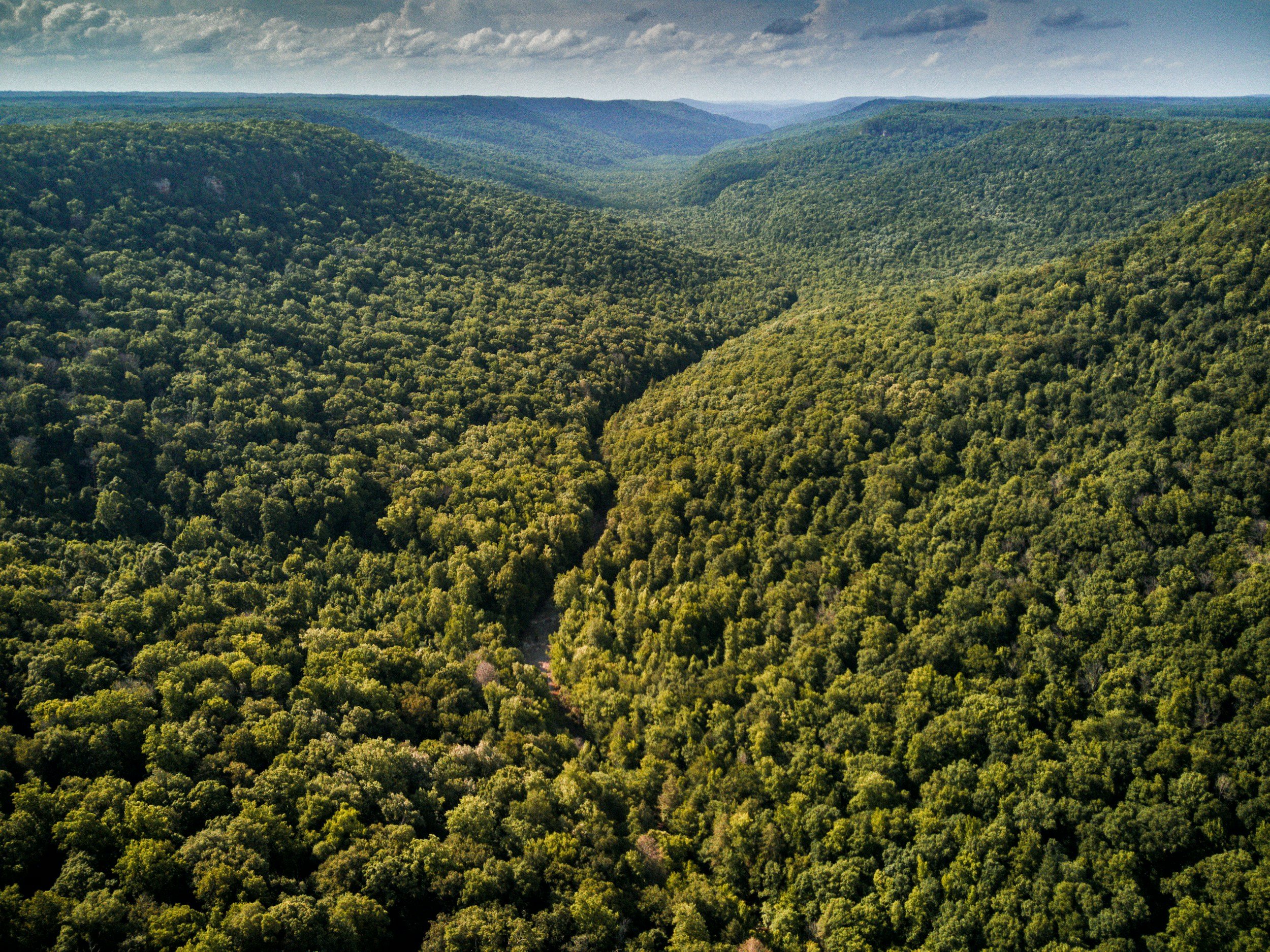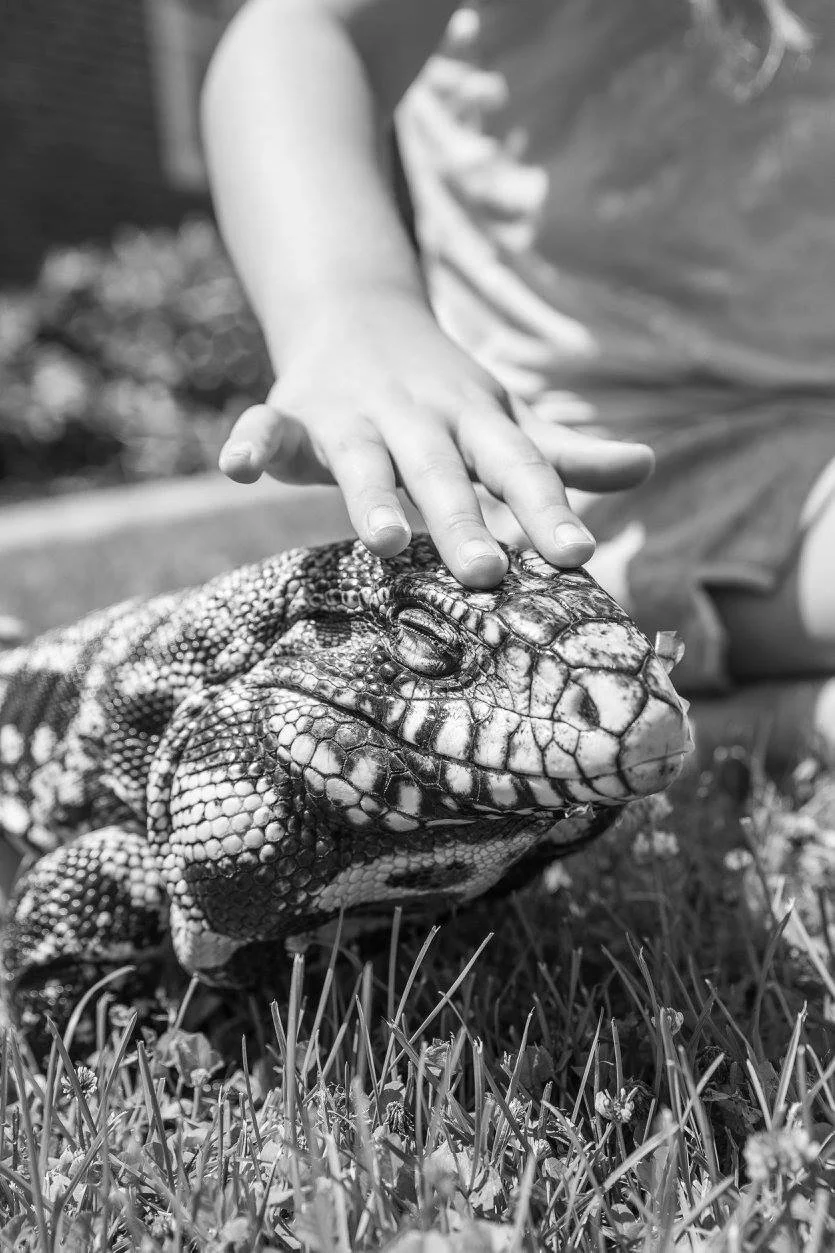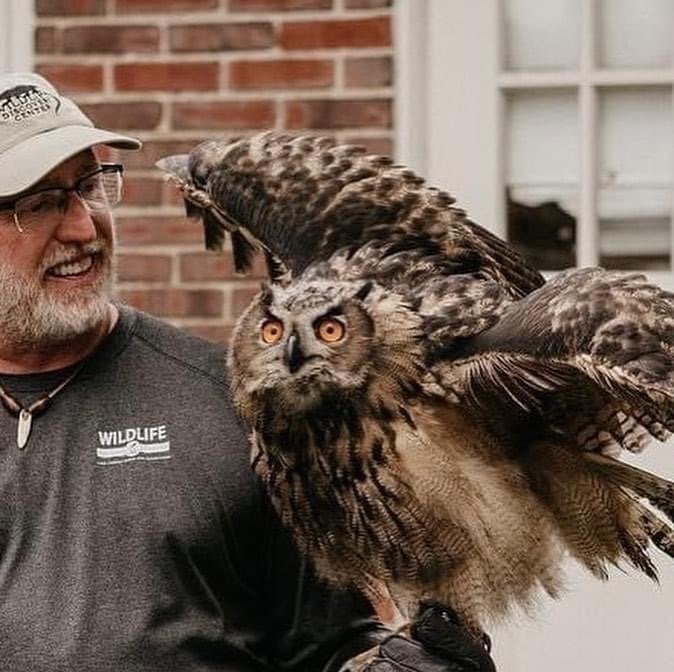
Our Program
The Wildlife Discovery Center's core programming consists of immersive, hands-on environmental education outreach programs brought directly into schools across Tipton, Fayette, and Shelby counties in Tennessee. Through traveling presentations featuring ambassador animals like birds of prey, reptiles, and mammals, students get up-close encounters with wildlife while learning about conservation.
A key differentiator is Dr. Toni Carmichael's specialized curriculum tailored to the needs of minority populations. Her approach fosters environmental literacy through culturally-relevant lessons that resonate with underserved communities. Pre- and post-visit activities and materials further reinforce the hands-on learning.
The WDC's creative programs align with education standards while sparking curiosity and passion for nature. From animal biofacts to interactive stations, the engaging activities inspire the next generation of environmental stewards. The WDC is committed to making this vital education accessible through a scholarship fund for Title 1 schools.
When the WDC began as a grass roots idea in 1995, the primary goal was to share our passion for the natural world with people of all ages but especially younger learners. When we connect people to nature, we learn a little bit more about ourselves and when we care, we not only care about the environment but we also can care for other people. We accomplish this through intimate, close up encounters with our ambassador animals. These animals represent many countries and many different types of ecosystems. Our animals serve as important conservation success stories as well serve as important reminders about what we can do to help maintain healthy and diverse ecosystems not only globally but in our own backyards. Another facet we have found that is very appealing towards our audiences is that many of our animals came from broken backgrounds and through their successes and being in a loving family with the WDC, they have overcome obstacles. That often translates to these young students who have also experienced their own challenges and the animals’ stories gives them hope and also makes them realize that their own challenges make them unique and cool.

Program Goals
Increase environmental literacy and conservation awareness among 1-12 grade students across Tennessee, with an emphasis on reaching underserved minority populations in the Memphis area's schools over the next 5 years.
Annually deliver immersive, hands-on environmental education outreach programs featuring live ambassador animals to at least 10,000 students through direct in-school presentations and community programs, becoming the leading provider aligned with state learning standards.
Implement an innovative, culturally-relevant environmental education curriculum tailored for diverse elementary, middle and high school audiences to foster the next generation of environmental stewards and advocates.
Ambassador Animals
Blue-Tongued Skink
Although our Blue-Tongued Skink comes from far-away Australia, it has cousins right here in Tipton County that gobble up spiders and bugs just like it does!
Mexican Rosy Boa
Our Mexican Rosy Boa is the cuddle champion of the snake world! This earth-toned beauty, with hints of rosy pink, might be small at just 2 feet long, but it's got a big heart - it would rather hug its prey than bite it. Talk about a snake with manners!
Linnaeus Two-Toed Sloth “Henry & Hazel”
The gentle Linnaeus Two-Toed Sloth relies on lush forest canopies for its home, food, and survival, showing us why protecting these vital habitats is so important for many species.
Frilled Dragon “Elvis”
Elvis the Frilled Dragon, from the wilds of Australia and New Guinea, is nature's own rock star! When he's feeling fancy, he puffs out his colorful neck frill like a fabulous collar, making him look bigger and more dazzling than any pop idol on stage!
Giant Black Milk Snake
Hatched in 1998, our stunning Giant Black Milk Snake originates from Costa Rica's misty cloud forests, reminding us that forests around the world are like nature's superheroes – they clean our air, provide homes for countless animals, and help keep our planet healthy!
Suriname Red-Tailed Boa
Constrictor
Our Suriname Red-Tailed Boa is a master of disguise - its skin pattern looks just like dappled sunlight on the forest floor, making it practically invisible to both predators and prey!
Eurasian Eagle Owl “Dixie”
Meet Dixie, our Eurasian Eagle Owl! With eyes as big as a human's and ears so powerful she can hear a mouse's heartbeat, Dixie is like a real-life superhero of the night sky!
Chuckwallas
Our Chuckwalla duo are the rock stars of the lizard world! When scared, these chunky desert dwellers can puff up like balloons and wedge themselves so tightly into rock cracks that even the strongest predator can't pull them out!
Banded Gila Monster
The Banded Gila Monster isn't just a cool-looking lizard – its venom is a medical marvel, helping patients with diabetes and cancer, and scientists are even exploring its potential to help people with Alzheimer's disease!
Spectacled Owl “Gafas”
The Spectacled Owl, with its cool 'glasses' marking, is nature's night-time pest control, gobbling up rodents and helping keep the forest ecosystem in balance!
Broad Snouted Caiman
“Bowzer”
Meet Bowzer, our Broad Snouted Caiman! This cool crocodilian cousin from Paraguay's wetlands is helping scientists create new medicines from a special protein in its blood. Speaking of wetlands, they're super important here in Tennessee too – and guess what? Bowzer's American cousin, the alligator, is now making our state its home!
White Boa Constrictor
Meet our ghostly friend, the White Boa Constrictor! This slithery superstar isn't just a master of camouflage in snowy landscapes - it can also sense heat from its prey using special 'pit organs' on its face, making it a real-life heat-seeking missile!
Blood Python
Our Blood Python isn't actually bloody - it's a master of disguise! This chunky snake's deep red color helps it blend in with the fallen leaves on the forest floor, making it a stealthy predator in its Southeast Asian home!
Ball Python “Regius”
Meet Regius, our wise old Ball Python from Africa! He's been slithering around for over 50 years - that's like half a century of snake adventures!
Savannah Monitor
Our Savannah Monitor is Africa's fearless bug buster! This speedy lizard chases down its prey, and it's so tough it even snacks on venomous scorpions - talk about spicy food!
Sumatran Black Short-Tailed
Python “Lazarus”
Say hello to Lazarus, our Sumatran Black Short-Tailed Python! This stocky snake may be shorter than its python cousins, but it makes up for it with super-strong muscles that can squeeze a coconut until it cracks!
Albino Ball Python “Alison”
Meet Alison, our Albino Ball Python! She's like a living, breathing banana split - her creamy yellow body and pink eyes are caused by a special gene that makes her body forget how to create color! Did you know that in some parts of the world, the Ball Python is also called a Royal Python? When it's not feeling social, this regal reptile can curl up into a tight ball with its head tucked safely in the middle - it's like it has its very own built-in pillow fort!




















